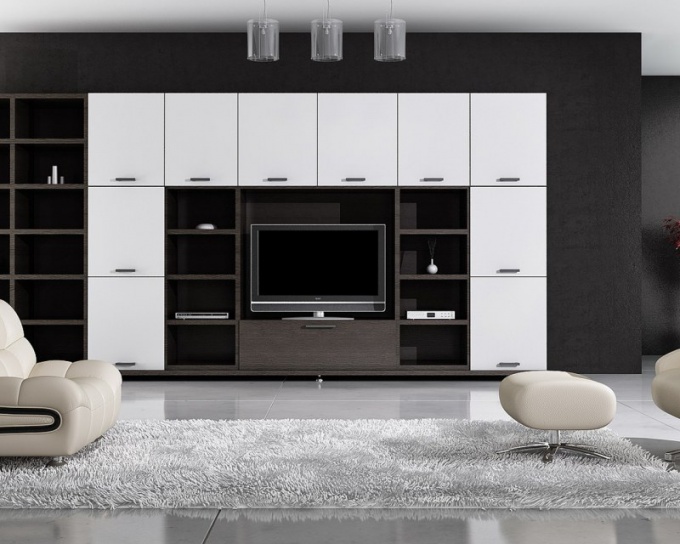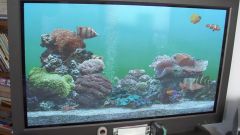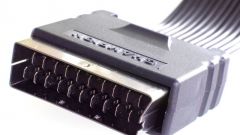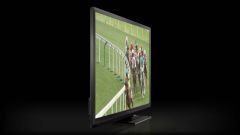You will need
- - HDMI cable;
- adapter.
Instruction
1
Explore the technical features of your TV. View which channels are receiving signal is available for use in this model. To connect to a personal computer will fit the following types of connectors: D-SUB (VGA), DVI-D and HDMI.
2
Please note that the first specified port is not designed to transmit digital images. If your personal computer has a relatively powerful graphics card, give priority to channels DVI and HDMI.
3
Make sure that the graphics card there are the right connections. Modern adapters are endowed with a specified digital ports. If you want to connect the D-SUB output port DVI-In, use the AC adapter in a suitable format.
4
When connecting DVI-D and HDMI use adapter that can deliver the audio signal. Typically, these adaptors are supplied with graphics cards.
5
Turn off the TV and personal computer. Connect these devices with wires, using the required set of components. Turn on the equipment. Wait until the download is complete the computer's operating system.
6
The setting of the TV, select the port receiving the signal. After switching the mode on the display, the TV should display the background image of the desktop. This means that at the moment, synchronous operation of two monitors in extended mode.
7
After starting the desired program, move the window of the main display. For transmission to the TV screen image identical to what is displayed on the PC monitor, use the "Duplicate". To activate it click "screen Resolution" and select the option "Duplicate".
8
With this mode you must use the same display resolution for both screens. Do not use the option of duplication of work with classic monitor and a widescreen TV.



